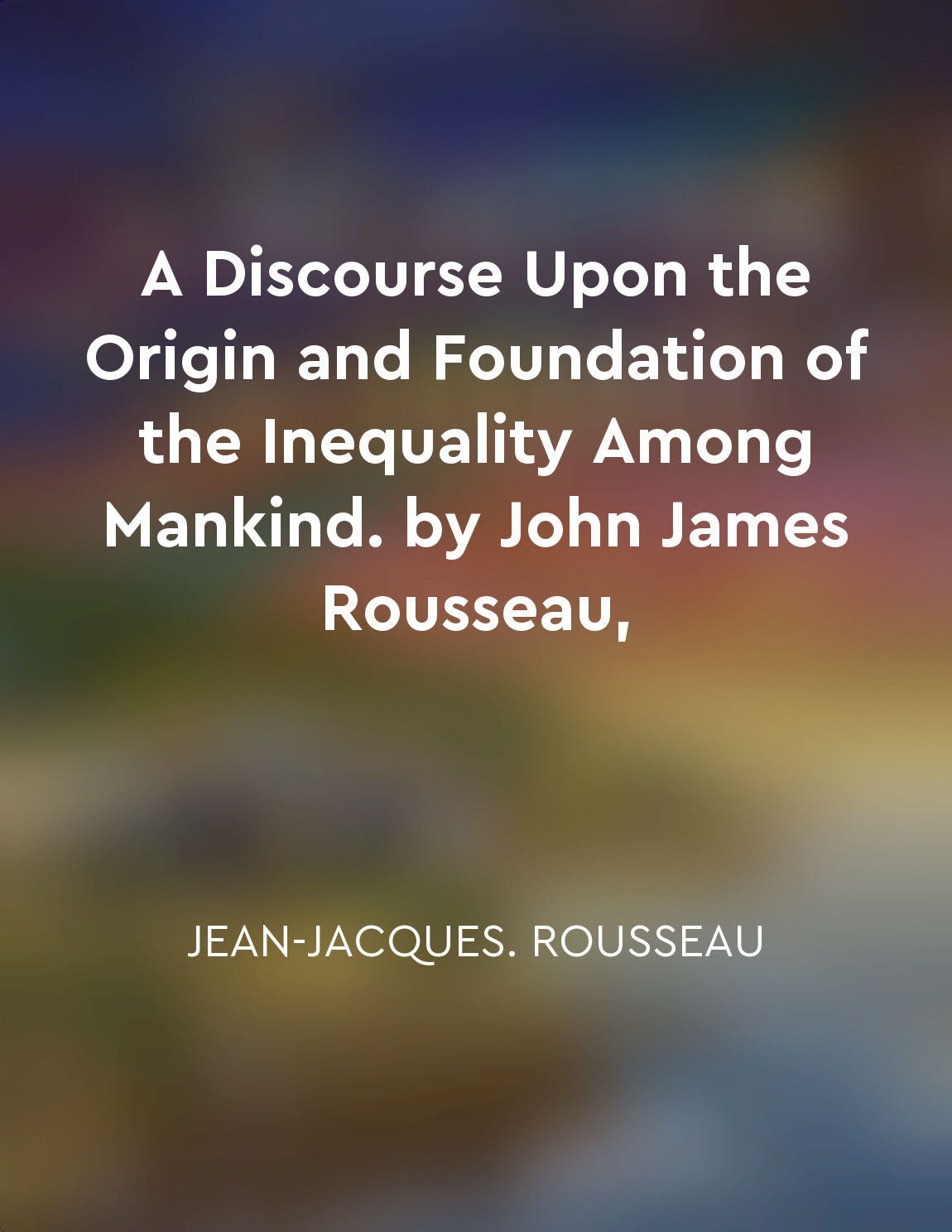The caste system reinforces power dynamics and privilege from "summary" of Caste by Isabel Wilkerson
The caste system is a powerful force that shapes the social hierarchy in society, dictating who holds power and privilege. This system is deeply ingrained in the fabric of society, with roots that run so deep that they are often invisible to those who benefit from them. It is a system that is both explicit and implicit, shaping our interactions and perceptions in ways that are often subtle but profound. At the heart of the caste system is the idea of hierarchy, with certain groups being assigned higher status and privilege than others. This hierarchy is not based on merit or ability, but rather on arbitrary factors such as ancestry, race, or religion. Those at the top of the caste system enjoy a range of privileges and opportunities that are denied to those at the bottom, creating a system of inequality that is self-perpetuating. The caste system reinforces power dynamics by creating a structure in which certain groups are able to maintain their dominance over others. Those at the top of the caste system benefit from the labor and resources of those below them, while those at the bottom are denied access to the same opportunities and resources. This imbalance of power allows those at the top to maintain their position of privilege, while those at the bottom are left struggling to break free from the constraints of the system. Privilege is a key component of the caste system, with those at the top enjoying a range of benefits that are denied to those below them. These benefits can take many forms, from economic advantages to social status to access to education and healthcare. Those at the top of the caste system are able to pass these advantages on to their children, creating a cycle of privilege that is difficult to break. The caste system is a complex web of social structures and norms that shape our interactions and perceptions in ways that are often invisible to us. It is a system that is deeply ingrained in society, with roots that run so deep that they are often difficult to see. Breaking free from the constraints of the caste system requires a willingness to challenge the status quo and work towards a more equitable and inclusive society.Similar Posts

The power of storytelling and mythology in conveying Hindu values
One cannot underestimate the significance of storytelling and mythology in the Hindu tradition. These narratives serve as power...
Building trust is essential for maintaining power
To maintain power, it is crucial to build trust with those around you. Trust is the foundation upon which power is built and su...
The influence of Buddhism and Jainism has shaped Hindu practices
The history of India is a tapestry woven with the threads of various religions and philosophies. Among these, Buddhism and Jain...

The call for a renewed sense of pride and responsibility among Hindus
Hindus worldwide must heed the call for a renewed sense of pride and responsibility. It is a call to embrace the rich cultural ...
Dr. Ambedkar's enduring legacy as a proponent of social liberation through Buddhism
Dr. Ambedkar's advocacy for social liberation through Buddhism continues to resonate today as a powerful legacy that has inspir...
The caste system creates barriers to social mobility
The caste system is not merely a social hierarchy; it is a structure that dictates one's place in society from birth. It assign...
Analysis of educational opportunities for Scheduled Castes
The analysis of educational opportunities for Scheduled Castes is crucial in understanding the challenges and barriers they fac...

The Party uses fear and manipulation to maintain control
In the dystopian world of 1984, fear and manipulation are the primary tools used by the ruling Party to maintain control over t...

Human passions play a significant role in inequality
Throughout the discourse, it becomes evident that human passions hold a substantial influence over the existence of inequality ...
